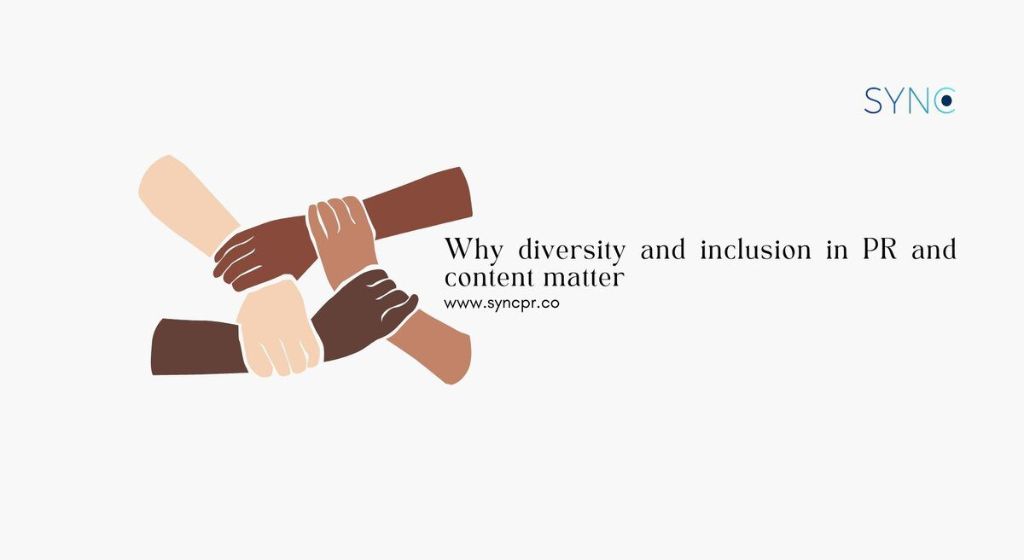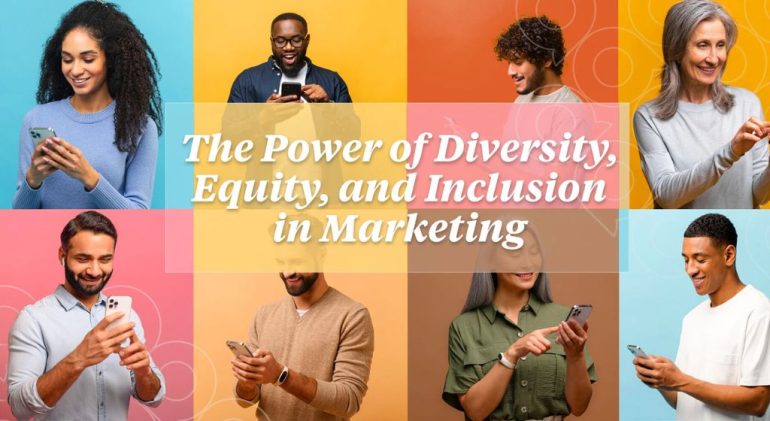In today’s interconnected, multicultural world, diversity is no longer just a buzzword—it is an essential pillar of effective communication. For public relations (PR) professionals, embracing diversity is not only a moral and ethical imperative but also a strategic one.
A diverse and inclusive PR campaign has the power to resonate with wider audiences, build stronger trust, and more accurately represent the world we live in. When done authentically, it can foster meaningful connections, reduce public backlash, and ultimately elevate a brand’s reputation.
In this article, we’ll explore why diversity in PR campaigns matters, how it affects messaging and reach, and the steps PR professionals can take to create truly inclusive campaigns.
Reflecting the Real World
One of the most important reasons for prioritizing diversity in PR is to reflect the real world. Audiences today are diverse in every sense—race, gender identity, sexuality, age, socioeconomic background, religion, physical ability, and more.
A PR campaign that only reflects a narrow demographic not only misses an opportunity to connect with other groups but risks appearing out of touch or exclusive.
When campaigns showcase people from different backgrounds and tell stories that resonate across communities, they feel more authentic and relatable. For example, a healthcare campaign that includes patients from different ethnic backgrounds or ability levels is more likely to reach a broader audience because more people can see themselves represented.
Expanding Audience Reach
Diverse PR campaigns help brands tap into new markets and expand their reach. When representation is broad and inclusive, it communicates that a brand values all consumers, not just a select few. This builds emotional connections with communities that may have previously felt overlooked.
For instance, a beauty brand that launches a campaign featuring models with varying skin tones, hair textures, and gender identities sends a clear message: “Our products are for everyone.” This not only fosters brand loyalty but can significantly widen the brand’s customer base.
Ignoring diversity, on the other hand, can have the opposite effect—alienating potential audiences and triggering backlash for being tone-deaf or exclusive.
Building Trust and Credibility
Trust is the cornerstone of PR, and diversity plays a key role in earning it. Consumers are increasingly conscious of whether brands are inclusive in their messaging and internal practices.
A PR campaign that demonstrates an understanding of cultural nuances, listens to community voices, and avoids stereotypes is more likely to gain public trust.
When diverse voices are included at the planning and execution stages of a campaign, the messaging becomes more thoughtful, accurate, and respectful. It shows that the brand is not just paying lip service to inclusion but is actively engaging with different perspectives.
Moreover, diverse PR campaigns can serve as a powerful form of reputation management. In an age when social media users are quick to call out problematic messaging, being inclusive from the outset can prevent missteps that damage a brand’s image.
Avoiding Stereotypes and Tokenism
One of the risks of poorly executed diversity in PR is falling into the trap of tokenism—where inclusion is superficial or performative. Tokenism can be just as damaging as a lack of diversity, especially when it’s clear that a campaign is including diverse individuals simply to tick a box.
To avoid this, PR professionals must do more than just cast diverse faces in a campaign. They must tell meaningful stories, involve diverse team members in the planning process, and consider cultural context when crafting messaging. Inclusivity must be woven into the fabric of the campaign, not just applied as an afterthought.
Authenticity is key. Diverse representation must be deep, not just wide. For example, it’s not enough to feature a person of color in an ad without addressing their voice, background, and perspective in a meaningful way.
Encouraging Internal Change
Effective PR campaigns start from within. A diverse internal team is better equipped to create inclusive external messaging. Diverse teams bring varied experiences, perspectives, and sensitivities to the table, which results in richer brainstorming sessions and stronger messaging.
Organizations should strive to build diverse PR and communications teams and include people from different backgrounds in decision-making roles. This doesn’t just improve campaign outcomes—it sends a message that the company’s commitment to diversity is genuine and not performative.
Training on unconscious bias, inclusive language, and cultural competency should be a standard part of PR team development. Creating safe spaces for discussion and feedback also helps team members grow and ensures that all voices are heard in the creative process.
Leveraging Diverse Media Platforms
To truly reach diverse audiences, PR campaigns must go beyond traditional media channels. Different communities often turn to their own trusted platforms for news and content—community radio, ethnic media outlets, niche blogs, social influencers, or cultural newsletters.
By partnering with these platforms and voices, brands can ensure their messaging is not only seen but trusted. It’s also a way to show that the brand respects and values the unique media ecosystems of different communities.
For example, pitching a story to a Spanish-language news outlet or collaborating with a disability rights influencer can help a campaign resonate far more deeply than a general press release aimed at mainstream media.
Responding to Social Movements
In recent years, social justice movements like Black Lives Matter, #MeToo, Stop Asian Hate, and Pride have pushed conversations around diversity and inclusion to the forefront. Consumers now expect brands to take a stand on social issues and demonstrate their values through action, not just words.
This means PR campaigns must go beyond “celebrating” diversity during specific months or events. A one-off Pride post or Black History Month feature isn’t enough. Audiences want to see ongoing commitment—year-round action, authentic allyship, and concrete support for marginalized communities.
Failing to meet these expectations can lead to accusations of “woke-washing”—when brands use progressive messaging for profit without real accountability or change.

Case Studies in Diverse PR
Several brands have successfully embraced diversity in their PR efforts. For instance, Dove’s “Real Beauty” campaign broke industry norms by showcasing women of all shapes, sizes, and backgrounds, challenging traditional beauty standards.
The campaign earned widespread praise and deepened the brand’s emotional connection with consumers. Similarly, Nike’s collaboration with Colin Kaepernick in its “Believe in Something” campaign was a bold move that aligned the brand with racial justice. Though it sparked controversy, it also won loyalty among consumers who valued the brand’s willingness to take a stand.

